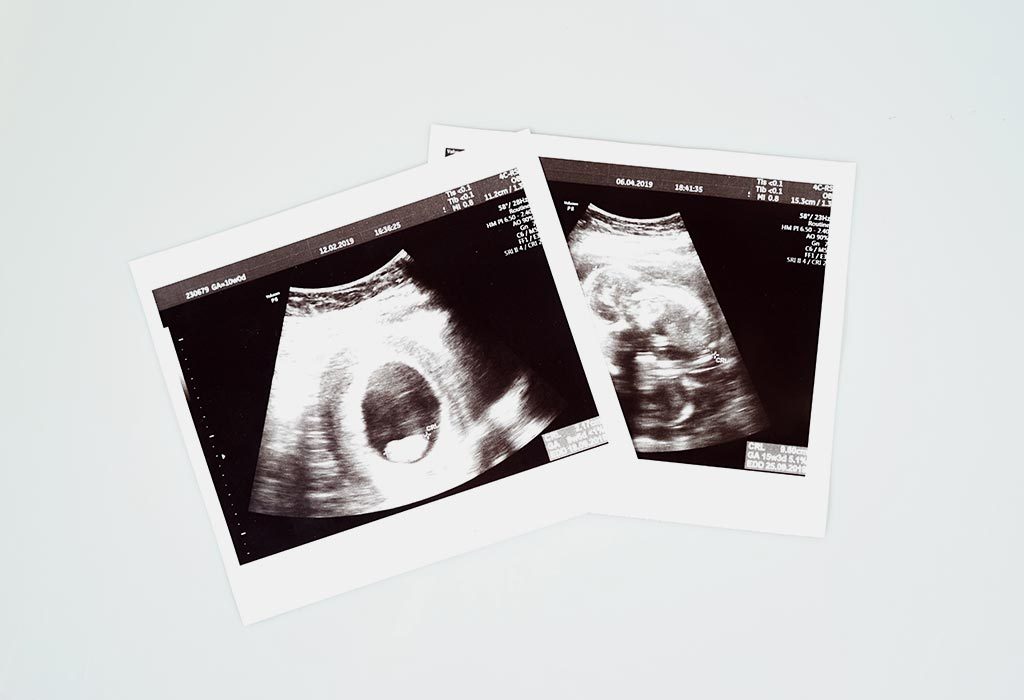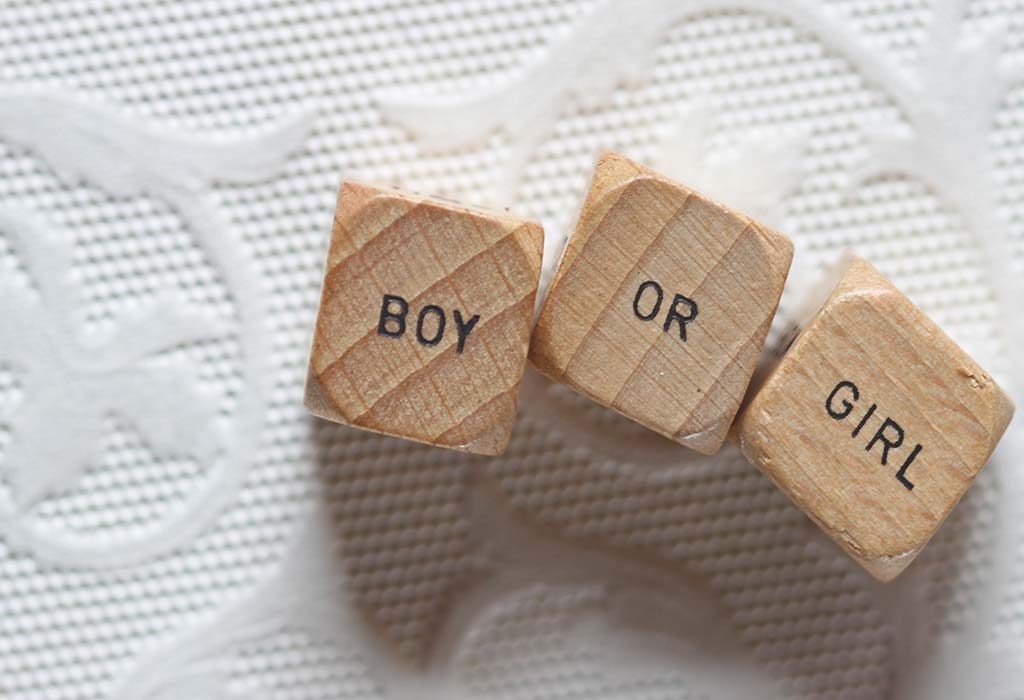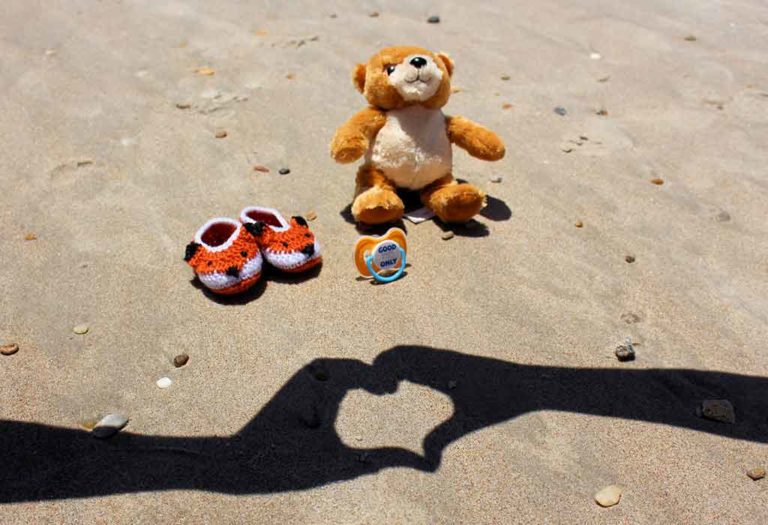Scientific and Non-Scientific Methods to Predict Baby’s Gender
- Scientific Ways To Predict The Sex Of A Baby
- Semi-Scientific Ways To Tell The Gender Of A Baby
- Some Fun Ways/Old Wives Tales To Know Baby’s Gender
Parents are very often curious about “ Are we going to have a baby girl or a baby boy?”. Since ages ago, people have been practising non-scientific and old wives’ tales methods of determining the sex of the baby. From determining morning sickness trends to observing which side of the bed you wake up on, several creative and wacky gender prediction tests are still followed. With the advancement in technology, scientific methods are also proving to be a great boon for parents to make preparations before the stork arrives. Read on to find out more about the different scientific, semi – scientific and some old nanny tales of finding out a baby’s gender.
Scientific Ways To Predict The Sex Of A Baby
Using the Chinese gender chart, judging from the mother-to-be physical appearance or analyzing dreams during pregnancy are probably some ways of boy or girl gender prediction tests. But these unscientific methods have only a 50% probability of coming true. In some countries, gender determination is legal, and you could try the following methods to determine the sex of the baby.
1. Ultrasound
Ultrasound is the method of high- frequency sound waves that are widely used in obstetrics and gynaecology that produce the image of the foetus. It is a procedure done to view the growth of the embryo where the sound waves are transmitted over the stomach through the uterus. The waves show a picture of the unborn baby and the gender can be identified post the 16th week of pregnancy. During this week, the reproductive organs of the foetus can be observed depending on how the foetus is positioned and the experience of the doctor. Gender prediction during pregnancy ultrasound is 95% accurate for baby boys and about 85% for baby girls.
2. Amniocentesis and chorionic villus sampling (CVS)
Another test, not used to exclusively practice boy or girl gender prediction test, amniocentesis and CVS are used to diagnose the chromosome or any neural tube defects in the foetus. Since it is carried out between the 16th and 20th week, the accuracy is close to 99%. In the process of Amniocentesis, a thin needle is inserted through the abdomen to extract a sample of fluid during the 16th week of pregnancy. CVS, on the other hand, involves extraction a small sample of tissue from the placenta to get the information of the genetic make-up of the baby.
3. DNA or blood test
In this method, a sample of the mother’s blood is analysed by the gene engineering technology. Performed after the sixth week of pregnancy, it involves extracting small strands of DNA from the bloodstream. If the test screen detects the presence of the male Y chromosome, there is a high chance of a boy else a girl. The accuracy rate is close to 95%. However, clinical data indicate a high error rate. It is, therefore, not considered to be a very safe and reliable method.
Semi-Scientific Ways To Tell The Gender Of A Baby

Some methods rely on the inventions and developments of science and partly on unconventional methods. Read on to find more about some of these methods:
1. Ramzi theory abdominal ultrasound
Developed by Dr Saam Ramzi Ismail, it is popularly known as Ramzi Method Gender Prediction method. The method involves the use of placental location as a pointer or marker to determine the sex of the foetus. The placental side is determined through the ultrasound scan at about six to ten weeks of pregnancy. If the placenta is observed on the right side, it indicates a boy, and if on the left it indicates a girl.
2. Skull Gender Test Theory
This test uses the shape of the skull to determine the sex of the baby. The doctor uses the ultrasound to observe the shape of the skull and try to guess the differences in the crania. Male heads are generally expected to look large and robust. So if the doctor spots a large skull, there is a probability that you are having a boy.
3. The Nub theory
The Nub theory helps to determine the sex during the 12th-week ultrasound. It checks for the “angle of the dangle” or what they call the nub. During the first trimester, the foetus has a genital tubercle which is also known as the nub. This later develops into a penis or clitoris. If the nub is pointing towards the head of the baby, there is a likelihood of a boy, and if the nub is pointing down or remains flat, it indicates a girl.
Some Fun Ways/Old Wives Tales To Know Baby’s Gender
In this section are listed some off – the – clinics gender prediction tests at home that have no basis or facts. These are random tests that have been followed over generations when science was still making advancements. These methods are random and are based on beliefs, observations and conceptions that are not backed by any scientifically proven methods.
1. Chinese Gender Prediction Chart
Want to know the baby gender without ultrasound or blood tests. Use the Chinese gender prediction chart which uses the age of the mother during the time of conception and the month when the mother conceives to determine the sex. It uses the Chinese lunar calendar and the likelihood of conceiving a girl is more if the date of birth and the conception both are either even or odd. If one of the dates is even and the other odd, the likelihood of having a boy is more.
2. Drano test
The Drano baby gender prediction test is a method where two tablespoons of crystal Drano are taken in a glass jar, and the first urine of the morning is mixed to it. The reaction is rapid, and if the mixture turns dark brown or blue, then there is a chance the baby might be a boy, and if the colour remains unchanged, it could be a girl. The mixture causes toxic fumes that could cause harm to the mother and the foetus, and one should wear a protective covering on the face and hands while doing the test.
3. Wedding ring test
Another famous and old sex prediction test, this one uses the wedding ring and a string or piece of hair. Popularly played during baby showers it involves tying the wedding ring to a string of thread or a piece of hair. This is then swung over the belly when the mother is in sleeping or lying down position. If the ring dangles back and forth like a pendulum of a clock, it is a boy, and if it circles, then it is a girl.
4. Baking soda test
Another DIY experiment, the baking soda gender test accuracy is also limited and not proven by scientific backing. Mix a cup of clear urine with a couple of teaspoons of baking soda. If the mixture froths, bubbles or generates fizz, it is a boy. If it remains unchanged and has no reaction, then it is a girl. Baking soda with urine creates a reaction like when a can of soda is opened.
5. Cabbage test
Another homemade gender test, the cabbage test involves peeing on a boiled cabbage. Sounds revolting, but if you don’t want any harmful reactions, then this is a safe bet. If the vegetable turns pink – start thinking of girl names and if it turns purple, change the walls to blue. There is another variant to this test. Boil a piece of red cabbage in some water. Drain and save this water. Mix it in a cup with your urine. If the water turns pink, then it is a girl, and if it turns purple, it is a boy.
6. Decoding and deciphering your cravings
Old wives always decoded a pregnant mother’s cravings. If you crave for ice creams, chocolates or sweets more than usual then you are having a girl. If you are craving for pickles, spicy food or tangy stuff, then you might be having a boy. Most old wives and grandmothers would swear by this method, and it is still widely observed.

While most of these methods are fine and indulgent, one cannot guarantee their accuracy. There are several more practised the world over like the heartbeat test, keeping track of morning sickness or checking the size of your belly bump. All of them have been just practised through generations and have not been proven scientifically. There is no verdict as reliable and accurate as of the scan of a gynaecologist, yet it is fun to try these wacky ways to see if we can get close to the target. You can always try these before your 16-20 week scan where you can have a higher chance of proving your guess right!
In many countries like India, sex determination is still considered illegal. But if your country permits you to determine it via scientific methods, you can make your choice. Experimental methods are the most trusted and reliable ones to determine the gender if you are keen on planning everything for your new arrival.
Also Read:
17 Old Wives Tales About Pregnancy & Gender Prediction
Gender Neutral Parenting – Is This a Right Approach?
Was This Article Helpful?
Parenting is a huge responsibility, for you as a caregiver, but also for us as a parenting content platform. We understand that and take our responsibility of creating credible content seriously. FirstCry Parenting articles are written and published only after extensive research using factually sound references to deliver quality content that is accurate, validated by experts, and completely reliable. To understand how we go about creating content that is credible, read our editorial policy here.























